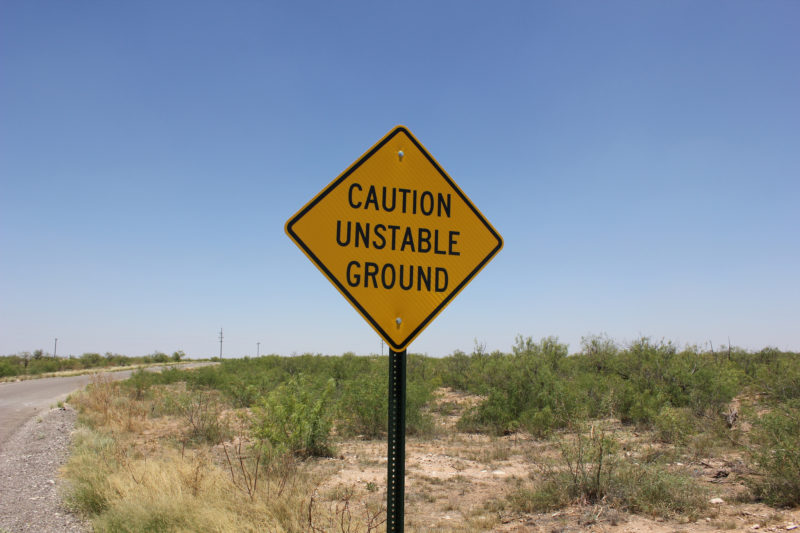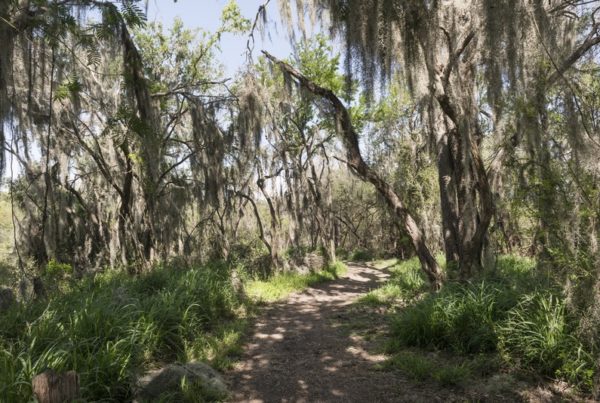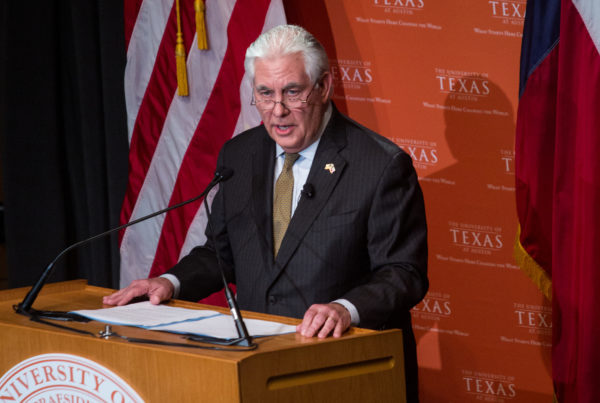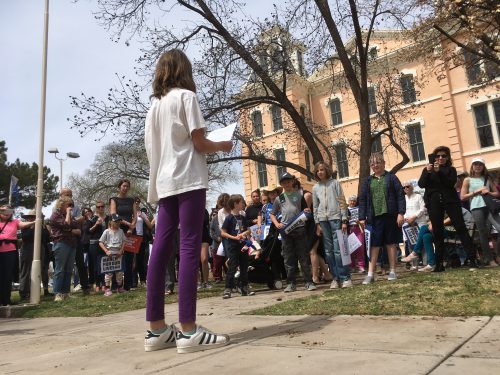Does the Wink Sink ring any bells for you? It is, as the name implies, a pair of giant sinkholes near the town of Wink, located about 60 miles west of Odessa. One of the reasons why they’re remarkable is that they’re unique, though that may not always be the case.
Before Professor Zhong Lu’s colleagues recently traveled to a particular part of west Texas, he gave them some advice: “When you drive over that area, don’t park your car. I even didn’t recommend them to drive on the road.”
That’s because part of west Texas is sinking, according to new research by Lu and Professor Jin-Woo Kim. They’re both professors of geophysics at Southern Methodist University, and their most recent study looked at areas of four counties in the Permian Basin – the world’s most productive oil field, with tens of thousands of individual wells. They used satellite images from the past two and a half years to study changes on the earth’s surface, and found that some parts of the Permian have sunk as much as 40 centimeters a year.
They also noticed uplift – where parts of the earth have been forced upward by underground pressure. The culprit, they say, is wastewater and carbon dioxide injected into the ground during oil and gas production. The sinking occurs when water leaks out of old wells that weren’t plugged, or through cracks in cement casings and corroded steel pipes. That water makes contact with salt in the ground.
“Freshwater will encounter the salt, dissolve the salt, and produce a cavity,” Lu says. “Eventually that cavity may collapse.”
That’s already happened in some places, like the Wink Sink, but Lu and Kim think there are more on the way. That claim has attracted a lot of media attention, to the confusion of some of the locals like Bart Reid.
“North Pecos County is probably the least interesting place in the state of Texas,” Reid says. “Nobody’s ever been interested in this part of the world, and I don’t know why all of a sudden this desert wasteland is on everybody’s radar.”
Reid is a business owner in Imperial, located in Pecos County. He grows algae for an omega-3 supplement, and he used to serve on the local groundwater board. He said that he and other locals have known about the sinking for a long time. He’s not unconcerned about the situation, but he says it’s not the worst thing that could happen in a sparsely populated area.
“Everything’s fine. There’s about five people who live in north Pecos County. Like, nobody cares. There’s plenty of room for everybody,” Reid says. “Even if half of north Pecos County became a sinkhole, we’ve got plenty of room for the rest of us.”
But Zhong’s fear is that the next sinkhole could damage infrastructure, like a road or a pipeline, or endanger people. And while this area of the Permian isn’t densely populated, that’s not true for the entire oil field – which is what Zhong and Kim plan to study next. Their next project is to look for the same sinking and uplift patterns throughout the entire Permian Basin.














